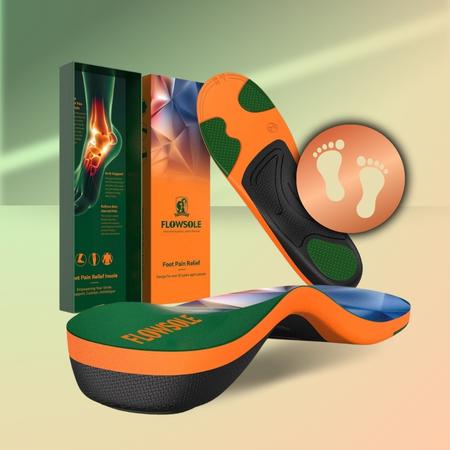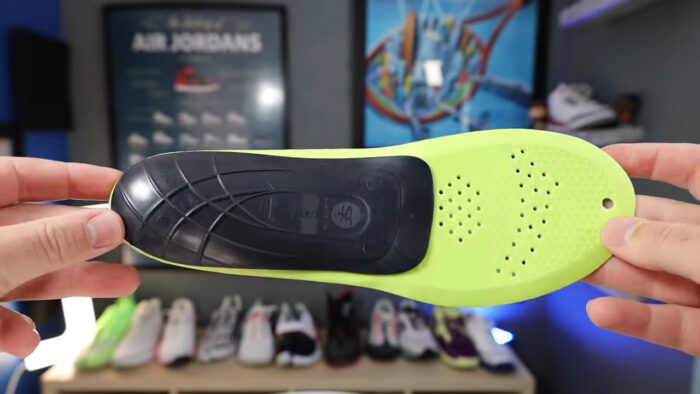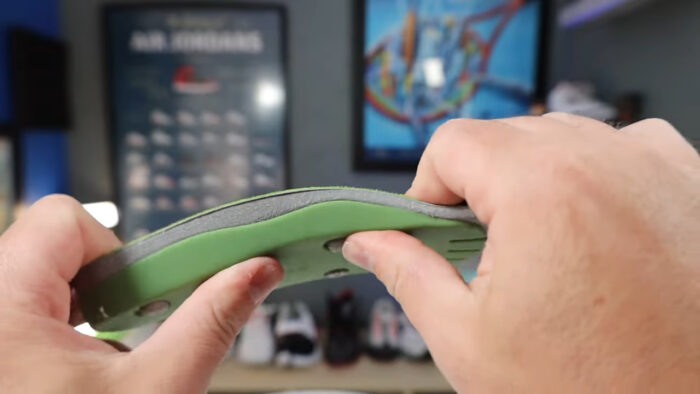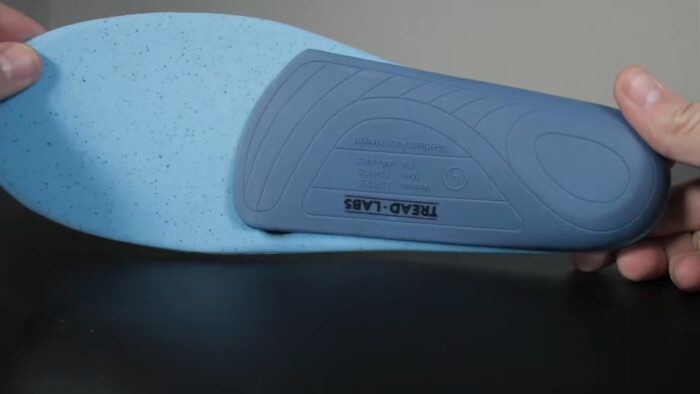The world of athletics is a complex interplay of skill, training, and equipment. Among the lesser-discussed but crucial elements in this domain are insoles, an often overlooked aspect of an athlete’s gear.
This blog post will discuss the significant relationship between an athlete’s daily training regimen and the role of insoles. We will uncover the details of this connection and how it can impact performance, comfort, and injury prevention.
The Role in Athletic Performance
Insoles, also known as orthotic inserts, are devices placed inside shoes to support and align the foot. They play a pivotal role in providing comfort, enhancing performance, and preventing injuries.
For athletes, insoles are more than just padding; they are custom-designed to address specific needs and biomechanics.
Impact on Performance
The design and material of insoles can significantly impact an athlete’s performance. They can optimize foot alignment, improve shock absorption, and reduce fatigue.
This is particularly important in sports that involve extensive running or jumping, where the repetitive impact can strain the feet and legs.
High-quality insoles can redistribute pressure evenly, enhancing stability and balance, which is crucial for optimum performance in any sport.
Injury Prevention and Recovery
Insoles are instrumental in preventing common athletic injuries like plantar fasciitis, shin splints, and knee pain.
They achieve this by correcting improper foot alignment and reducing the stress on joints and muscles.
For athletes recovering from injuries, insoles can be part of the rehabilitation process, providing the necessary support to ease back into training without aggravating the injury.
Our Top Pick
1. FLOWSOLE Plantar Fasciitis Insoles

These insoles are comfortable, supportive, and durable. They fit well in the shoes and provide excellent cushioning and shock absorption. You will quickly notice that they are also helpful with arch pain and heel spurs. They are easy to trim and adjust to my foot size.
These insoles are worth the price, and I would recommend them to anyone who suffers from foot problems.
They have improved my posture and reduced my lower back pain. They are made of high-quality materials and have a soft velvet surface. They are breathable and odor-resistant. They are suitable for different types of shoes and activities.
Key Features
- Full-length cushion design with three-foot pads
- Unique design that is more conducive to arch collapse and flat feet
- Strong arch support that improves foot and leg alignment and relieves plantar fasciitis and pronation problems
- The art of softness and hardness that balances comfort and stability
- Effectively relieve and prevent foot pain by reducing overstretching and pressure
- Comfortable and supportive
- Durable and easy to trim
- Excellent cushioning and shock absorption
- Improves posture and reduces lower back pain
- Breathable and odor-resistant
- May take some time to get used to
Daily Training Routines and Insole Adaptation

An athlete’s daily training routine can vary significantly based on the sport and individual goals. Consequently, insoles should be tailored to these specific activities.
For instance, a long-distance runner might need insoles that provide excellent shock absorption, while a basketball player might prioritize lateral support to accommodate swift, multi-directional movements.
The Evolution of Insoles with Training
As an athlete progresses and their training intensifies, their insole needs may evolve. This evolution is due to changes in the athlete’s physical condition, technique, and the demands of their sport.
Regular assessment and adjustment of insoles are essential to ensure they continue to provide the right support and benefits.
Monitoring and Adjusting Insoles
Athletes need to regularly monitor the condition of their insoles and adjust them as needed. This may involve replacing worn-out ones or consulting with specialists to make modifications based on changes in training intensity or technique.
Regular check-ins with a podiatrist or a sports medicine professional can ensure that the insoles are still serving their intended purpose.
Innovations in Technology

The field of insole technology has seen significant advancements, with manufacturers utilizing cutting-edge materials like memory foam, gel, and carbon fiber.
These materials offer superior cushioning, support, and durability. The design of insoles has also evolved, with more focus on biomechanical alignment and sport-specific needs.
Customization and Personalization
Customization plays a crucial role in insole technology. Athletes can now have insoles tailor-made to their foot’s contour and specific biomechanical needs. This personalization ensures a perfect fit and maximum effectiveness.
Advanced scanning technologies and 3D printing are increasingly being used to create these customized solutions.
Future Trends
Emerging trends in insole technology include smart insoles equipped with sensors to provide real-time feedback on an athlete’s performance and biomechanics. This data can be invaluable for making adjustments in training and design.
There’s also a growing focus on sustainability, with eco-friendly materials being explored for future products.
Expert Opinions

Numerous athletes across various sports have attributed part of their success and injury resilience to the right choice of insoles. These case studies highlight how insoles have helped athletes improve performance, recover from injuries, or simply train more comfortably and efficiently.
Insights from Coaches and Medical Professionals
Coaches and sports medicine professionals often emphasize the importance of proper footwear, including insoles, in an athlete’s training regimen.
Their insights provide valuable perspectives on how insoles can be effectively integrated into training programs and the potential benefits they offer.
Research and Analysis
Scientific research supports the benefits of using insoles in athletic training. Studies have shown how specific insole designs can improve foot mechanics, reduce injury risk, and even enhance athletic performance.
Comparing Insole Types Across Different Sports
| Sport | Type | Key Benefits |
| Running | Cushioned/Shock Absorbing | Reduces impact on joints, enhances endurance |
| Basketball | Stability/Lateral Support | Provides ankle support, improves agility |
| Soccer | Lightweight/Responsive | Enhances foot control, supports quick movements |
| Tennis | Combination of Cushioning and Stability | Balances shock absorption with lateral support |
| Weightlifting | Firm/Flat | Ensures stable base, supports heavy lifting |
Closing Thoughts
Insoles play a critical role in an athlete’s daily training and overall performance. By providing support, enhancing comfort, and aiding in injury prevention, insoles are a key but often undervalued component in an athlete’s arsenal.
As technology advances, the potential for insoles to contribute even more significantly to athletic success becomes increasingly apparent. Whether an amateur or a professional, understanding and leveraging the connection between daily training and insoles can be a game-changer in any athlete’s journey.


